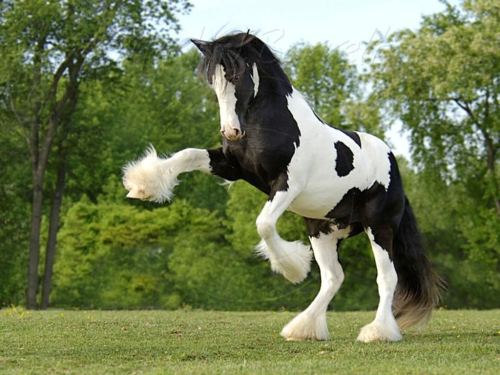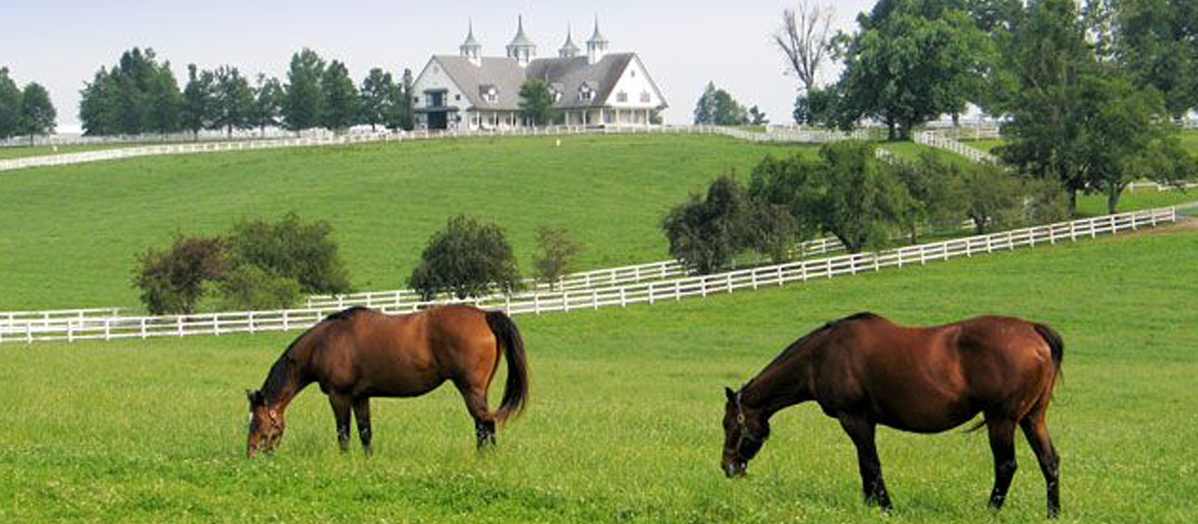365 Days in Horse Country – The Colossal Clydesdale

The
Clydesdale is one of the most dramatic looking equines in the world. These massive horses with their white “feathered”
legs and solid muscling are among the most well known of all the horse breeds.
Descending from the warhorse of the Middle Ages, the Clydesdale has been working the fields of Scotland for centuries. The breed developed its distinctive look in the eighteenth century, and it was given its name in 1826, at the Glasgow Exhibition in honour of the Clyde River Valley from where the breed first came. Today, the Clydesdale is virtually the only draft horse seen in Scotland.
The Clydesdale eventually found its way to the United States and was in demand during the late 1800s for work in the field. The arrival of mechanized machinery seriously damaged the Clydesdale’s popularity, along with that of the other draft breeds. Powerful workhorses were replaced on farms by motorized tractors, which did not have the same maintenance requirements as the big horse and could do a lot more work in less time.
As the need for Clydesdales lessened, the breed’s number began to shrink. A handful of breeders dedicated to the breed hung on desperately, and they continued to keep the Clydesdale alive as a show and exhibition horse. This is a job that the Clydesdale continues to excel at today.
While the Clydesdales are known for being big, sizes can vary within the breed. A Clydesdale can be anywhere form 16.2 hands to 18 hands, and their weight can vary from 1,600 to 2,200 pounds (725 to 997 kg).
Colour and markings also vary within the breed. While most people think of the Clydesdale as a bay with white blaze and white stockings, not all Clydesdales fit this description. While bay is the most popular colour, Clydesdales also come in black, brown, and chestnut. Roans are seen in all of these colourations.
Today the Clydesdale is used for draft work and they’re used for riding, too. More and more equestrians are finding these nig horses with their feathered feet to be great mounts for the trail.
Michael







